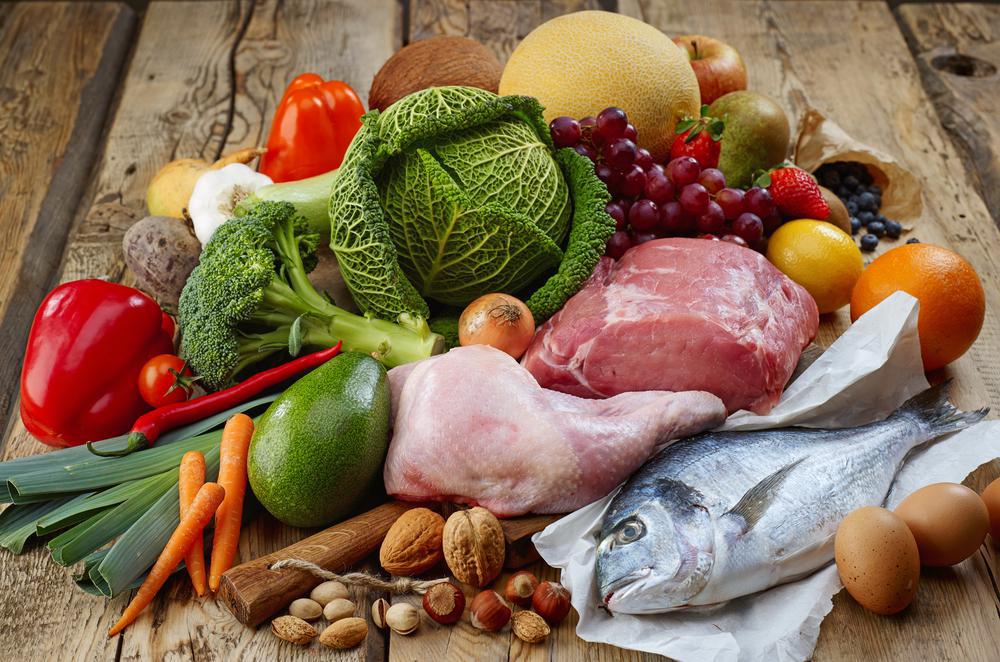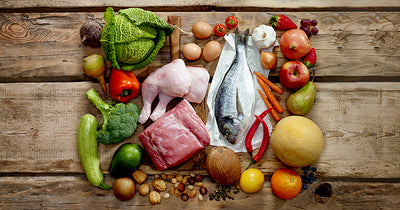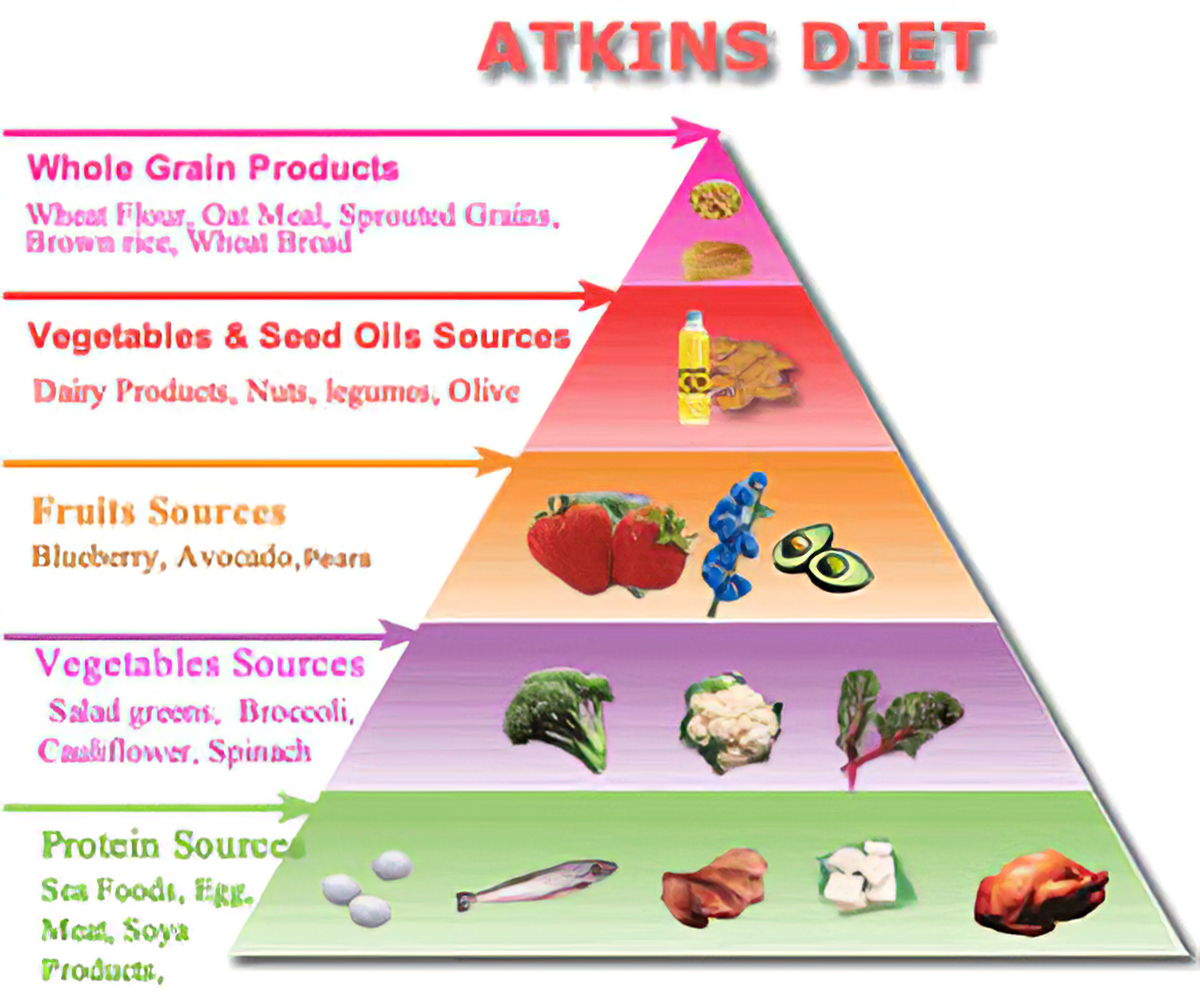
Paleo diet is not believed to prevent heart disease. While the benefits of the diet are generally accepted, some studies show a link to a higher likelihood of developing heart disease. Researchers examined the effects of the diet upon arterial distensibility, plasma glucose tolerance, total cholesterol and LDL levels, as well as circulatory metabolism.
Increased risk of developing heart disease
New research shows that Paleo eating significantly raises the levels of a blood marker linked to cardiovascular disease. Trimethylamine noxide (TMAO), a naturally occurring organic compound, is produced in the stomach. The study of 44 Paleo participants and 47 people who followed a traditional Australian diet revealed that Paleo dieters had higher levels than those on the traditional Australian diet. This higher level of TMAO can increase your risk of developing heart disease.
Four Australian universities found that Paleo-followers had higher levels of a compound associated with heart disease. Trimethylamine Noxide is a compound that bacteria produces in the gut and is associated with the development of heart disease. Paleo diets have been shown to be more beneficial than those that eat carbohydrate-rich diets. But further studies are needed to confirm this.
Inflammation is at higher risk
There is a connection between a Paleo diet and heart disease. People who eat a Paleo diet have higher levels of interlukin-10, a signaling molecule released by immune cells. Research suggests that a lower level of interlukin-10 can indicate a greater risk for heart disease. Researchers believe that high levels interlukin-10 can counter inflammation and protect blood vessels. However, further research is required to confirm the connection.

The Paleo diet consists of an omittal of grains, legumes, and vegetable oils. Although it is a foundation for many heart healthy diets, it is high-fat. It contains both saturated and trans fats, and it is often expensive. Paleo is expensive and some people can't afford it. The high cost of these meats may be a deterrent for people on a lower income.
An increased risk of kidney disease
Paleo is a popular diet among health enthusiasts, but there are some questions. The Paleo diet is high-cholesterol and emphasizes meat. Paleo discourages refined sugars consumption, as they are high in empty calories. These sugars have been linked to obesity, heart disease and diabetes, according to research. The Paleo diet omits legumes and promotes meat consumption.
Paleo diets not only increase fiber intake, but they also help reduce waistline. A high level of fiber in the diet lowers cholesterol. Avoid eating eggs yolks. They are a common source for phosphorus in food. Egg whites provide high-quality protein, making them a better choice for kidney health. The amount of protein in the urine can be decreased by drinking lots of water. There is still a risk of developing renal disease.
Women are at greater risk for heart disease
For many reasons, Paleo has been very popular. It has many heart-healthy benefits and is based on the Mediterranean and Nordic diets. High amounts of animal fat mean it is high-in saturated and trans fats. High beef intake is also associated with an increased risk of heart disease. However, a Paleo diet is not for everyone, and it can be expensive for low-income individuals.
Studies show that saturated fats and cholesterol are not associated with an increased chance of heart disease in Paleo-eating women. While the diet does eliminate some junk food, it still does not cut back on saturated fat. A recent review of nutritional information associated with heart disease found that there wasn't enough evidence linking saturated fat to heart diseases. Paleo has fewer food options than the conventional diet, but still offers plenty of vegetables.
Effects on the gut bacteria

A new study has shown that Paleo may have a lower risk of obesity and heart disease. The researchers compared TMAO levels among people who ate Paleo versus those who didn't. The results showed that consuming a high-protein diet supported the growth of good bacteria and reduced the number of pathogenic microbes. A high-protein diet may increase your risk of developing chronic diseases, decrease your gut health, or cause micronutrient deficiencies.
Researchers also discovered a strong correlation between TMAO levels in blood and a person’s diet. Research showed that a higher intake animal-based protein such as meat or fish increased TMAO production in blood. Participants' blood levels in TMAO were almost twice as high than those of controls during the study. The researchers also found lower levels of TMAO in vegans than those who eat paleo diets. Further, the researchers found that TMAO levels were significantly reduced when the participants took carnitine supplements.
FAQ
What skills is required to attend culinary school
You will need to know how to cook, understand food safety regulations, and be able work under pressure in order to become a chef. You should enroll in cooking classes at local community colleges or high schools to learn how to cook. Once you have mastered the basics of cooking, you will need to find work in a restaurant and catering company.
Can I learn how to cook together with my children?
Yes! Yes! It's a great way to teach responsibility and teamwork. Children can help in everything, from washing vegetables and cutting onions. You will have your children enjoy helping you cook as long as they follow safe procedures when using knives.
What are the basics of cooking?
Basic cooking skills include the ability to read recipes and measure ingredients. These are the essential skills you will need to be able cook for yourself. Cooking can be a great way of saving money, as you don't need to go out to eat all the time.
What is the cost of a culinary school?
The cost of a culinary school depends on where you are, how much you study, and what program or course you choose. The average tuition cost is $10,000-$30,000 annually. Students graduate with approximately $20,000 of debt. Some programs offer scholarships, grants, or work-study opportunities.
What are the benefits to using a slow cooker
Slow cookers allow you to make delicious meals with minimal effort. Slow cooker recipes often have a lower oil and fat content than traditional recipes. Because they cook for you while you sleep, slow cooker recipes can be convenient.
Are there any ingredients that I must buy in order to make a meal?
You don't have to buy all ingredients. Many grocery stores have premade sauces and other products that you can substitute for. Premade meals are an option if you're looking for a way to save some money.
How long does cooking take? What time do you need to learn how to cook?
It all depends on what level of skill you have. Some people learn basic cooking techniques in just a few days. Others may take months or years to master the basics of cooking.
The person who is learning to cook can vary in the amount of time they need. A person who has never cooked before will likely need more time to learn than someone who is a regular cook. Some types of cooking are more difficult than others. For instance, baking requires more knowledge than frying.
Learn a technique to increase your ability to cook quickly. After mastering one technique, you can move on to the next. You don't need to worry about how many days or weeks it took to learn how to cook. Keep practicing and having fun with the whole process.
Statistics
- On average, chefs earn $58,740 a year, according to the BLS. - learnhowtobecome.org
- under 10 Kids have been taught that there is special food just for them, and Fiese says that 10 percent of kids will throw a tantrum if they don't get the food they want. (washingtonpost.com)
- According to the BLS, chefs earn $58,740 a year. (learnhowtobecome.org)
External Links
How To
How to cook a steak
The type of meat you are cooking will determine the right method to use. Thicker steaks should be cooked over low heat. Thicker steaks will need to cook at higher temperatures.
You should also ensure you don't overcook them because they'll lose flavor. Don't forget to take the steak out of the pan once it's finished. This will ensure that you don't burn your self.
Cooking time will depend on the size of your steak and the desired level of doneness. Here are some general guidelines:
Medium Rare: Cook till medium rare. This is when the internal temperature of the food reaches 145°F (63°C). This should take between 3 and 5 min per side.
Medium: Cook until medium. This means that the internal temp has reached 160 degrees F (71 degrees Celsius). This typically takes 6 minutes per side.
When done well, cook until the internal temperatures reach 180°F (82°C). This normally takes 8 to 12 minutes per side.